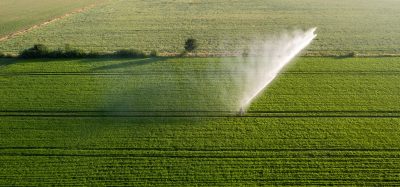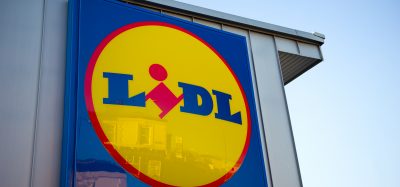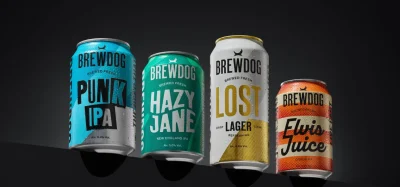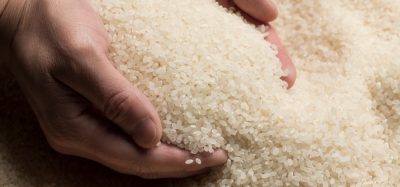Study finds glass bottles contain far more microplastics in drinks than plastic bottles
Posted: 23 June 2025 | Ben Cornwell | No comments yet
French researchers discover glass bottles shed significantly more microplastics into drinks than plastic or metal packaging.
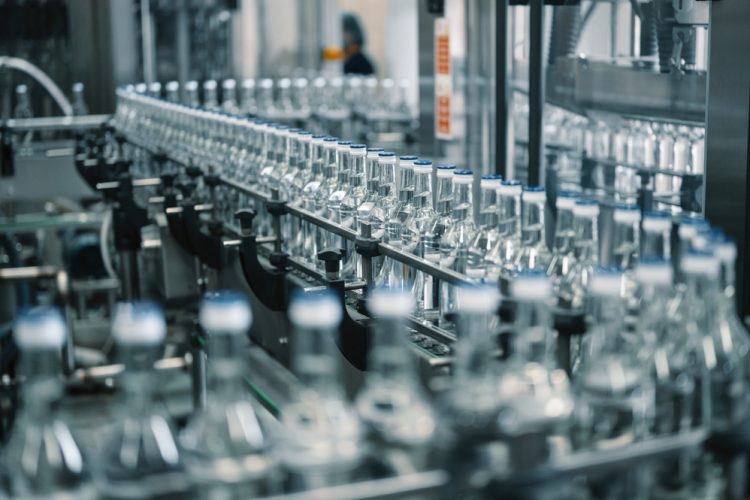

A new study by France’s food safety agency, ANSES, reveals that drinks sold in glass bottles carry significantly higher levels of microplastics compared to those in plastic bottles or cans.
The surprising findings, published in the Journal of Food Composition and Analysis, challenge assumptions about packaging safety in the beverage industry.
Led by Guillaume Duflos, the research team analysed a wide range of popular drinks sold in France, including water, soft drinks, beer and wine. Contrary to expectations, glass bottles were the biggest source of microplastic contamination in drinks.
PhD student Iseline Chaib, who carried out the research said:
We expected the opposite result.”
Key findings
Glass bottles of lemonade, iced tea, soft drinks and beer contained on average around 100 microplastic particles per litre, which is between five and 50 times more than plastic bottles or cans.
The team identified the plastic paint coating on the outside of the bottle caps, not the glass itself, as the source of contamination.
Chaib explained:
We then noticed that in the glass, the particles emerging from the samples were the same shape, colour and polymer composition – so therefore the same plastic – as the paint on the outside of the caps that seal the glass bottles.”
The researchers added that “tiny scratches, invisible to the naked eye, probably due to friction between the caps when they are stored” may release microplastic particles from the paint into the drink.
Microplastic counts varied by drink type: water contained the lowest levels, with 4.5 particles per litre in glass bottles and 1.6 in plastic. Soft drinks averaged 30 particles, lemonade 40, and beer around 60. Wine contained the fewest microplastics, even in glass bottles with plastic-sealed caps, although the reason for this remains unclear.
Method for manufacturers to reduce contamination
There are over 4,000 hazardous plastic chemicals, including endocrine disruptors and carcinogens, which can leach into food, water, and other beverages as microplastics. As these particles break down into smaller fragments, they become increasingly difficult to remove, raising risks to both human health and the environment.
The agency noted that, because no established reference level exists for potentially toxic amounts of microplastics, it is not possible to determine whether the figures in this study pose a health risk. However, it highlighted a promising method for manufacturers to reduce contamination.
The researchers tested a simple cleaning process for bottle caps that involved blowing them with air followed by rinsing with water and alcohol. This approach reduced microplastic levels by 60 percent, offering a practical step forward for drinks producers aiming to tackle microplastic contamination.



